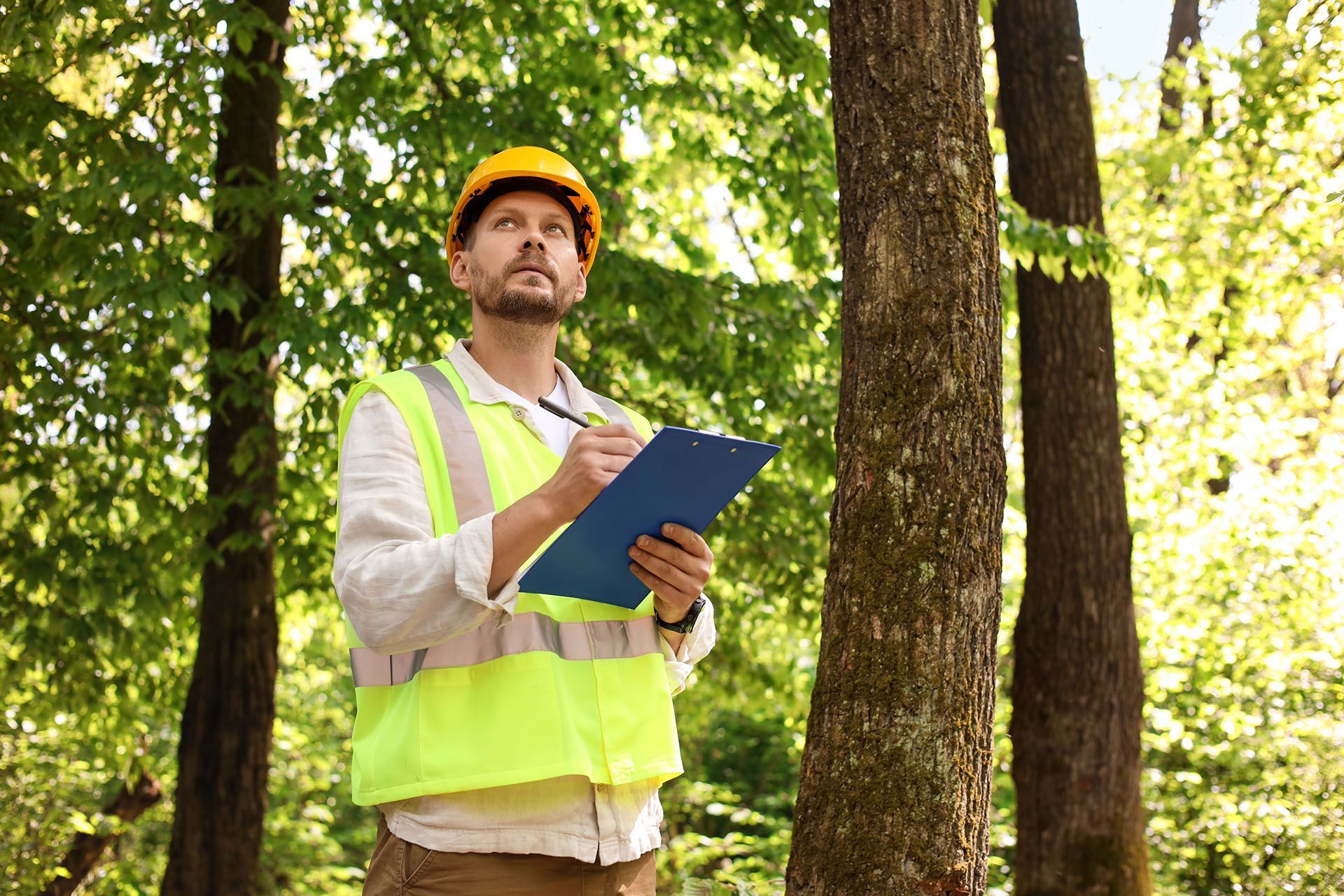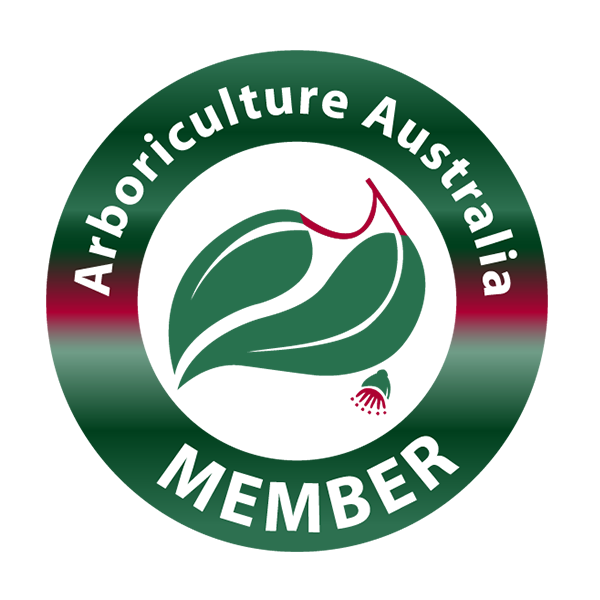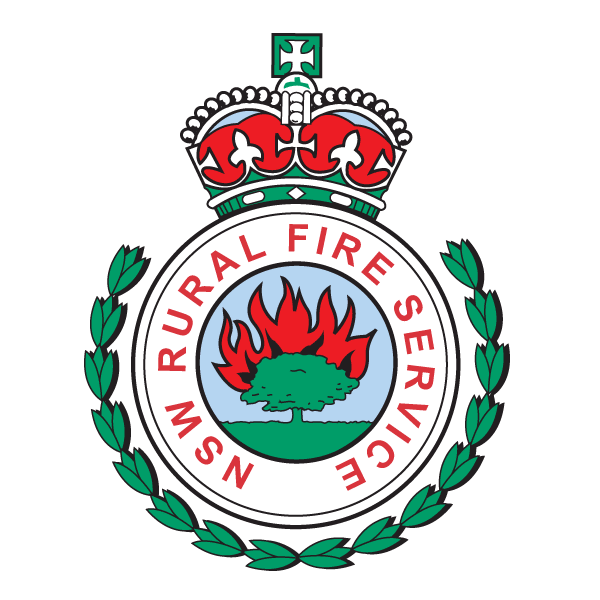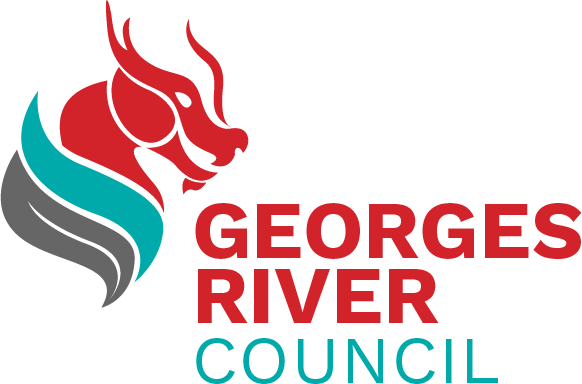Tree Health Assessments: A Smart Step for Property Owners in Sutherland Shire
What happens when a tree starts to decline and no one notices? In some cases, it becomes a hazard. In others, it’s a missed chance to save a valuable part of your landscape.
That’s where a tree health assessment comes in.
Performed by qualified and certified arborists, a tree health assessment is a professional check-up for your trees that helps to identify early signs of trouble and supports informed decisions. It can even help protect your property from risk.
Whether you're concerned about a declining tree or simply want peace of mind, a tree health assessment can be followed by a written report. That report outlines the tree’s current condition, potential risks, and recommended next steps.
In areas in NSW like the Sutherland Shire, where established trees are a common feature on residential blocks, this service is more than helpful — it’s practical.
What Is a Tree Health Assessment?
A tree health assessment is a detailed evaluation of a tree’s overall condition and stability. It helps determine whether a tree is healthy, under stress, or poses a hazard to nearby people or structures.
During the assessment, a tree arborist inspects several key parts of the whole tree:
- The canopy is examined for foliage density, right colour, branch tips, and dieback.
- The trunk is checked for signs of rot, cavities, or fungal growth.
- The root system zone is assessed for soil condition, surface lifting, or damage.
The arborist also considers environmental influences. Things like soil moisture, drainage, exposure to wind, or nearby construction can all impact tree vitality.
Species and age also matter. Some trees are naturally short-lived or more vulnerable to pests and diseases. Trees in decline can also attract other animals, such as termites, ants, or birds looking for nesting spots, which may lead to unintended impacts on nearby structures or gardens. Others may outgrow their location or become unstable as they mature. A tree’s life expectancy is often factored into the recommendations provided.
These evaluations are carried out by experienced Sutherland Shire tree arborists who understand arboriculture standards and local conditions. Based on their findings, they’ll advise on the best course of action to support tree health or manage risks.
Why You Might Need a Tree Health and Condition Assessment
Sometimes the signs are obvious. A tree that’s dropping large limbs without warning. Yellowing leaves in mid-spring. Tree bark peeling in patches. Or a lean that seems to be getting worse each year.
In other cases, the issues are subtle. Decline may happen slowly. Or risk may not be visible from the ground.
Common Reasons to Request a Tree Assessment
- Visible deterioration or dieback in canopy or branches
- Unexpected limb drop or cracking sounds
- Disturbances with tree roots from digging, construction, or erosion
- Disputes between neighbours about boundary trees
- Council requests for documentation or reports before tree removal
- Insurance purposes, especially following storms
Recognising When a Tree Health Assessment Is the Right Move
Assessments are valuable when a tree poses a potential safety risk or is showing signs of poor health.
For those planning renovations or new builds, a tree health assessment helps you avoid legal or structural complications down the track. A qualified arborist can assess whether the tree is likely to withstand changes around it or if it could become unstable.
Regular assessments can also help keep your trees healthy, particularly in areas exposed to harsh weather, soil disruption, or age-related decline.
What Happens During the Assessment
Initial Site Walkthrough & Visual Check
A professional arborist begins by walking the site and visually inspecting the tree from different angles. They’ll look at its structure, canopy health, tree trunk condition, and how it interacts with its surroundings.
Closer Inspection for Structural or Health Issues
Next comes a closer tree inspection. This may involve checking bark for cracks or decay, testing branches for brittleness, or evaluating root health. Depending on the situation, the arborist may use tools for closer analysis.
Risk Assessment in High-Exposure Areas
If the tree is in a high-traffic area or close to structures, the arborist will also conduct a basic risk assessment. This covers the likelihood of failure and the potential consequences.
What the Arborist Includes in the Report
Once complete, a written report is usually prepared. This includes detailed observations, photos, and recommendations for next steps. It may also contain compliance notes for council or insurance use.
How Long a Tree Health Assessment Usually Takes
This timeframe is typical when assessing one to two trees in straightforward conditions, such as in a residential backyard. However, larger sites, multiple trees, or trees with complex issues may require additional time. While the on-site tree inspection is usually completed during a single visit, the written report is often finalised later, once the arborist has reviewed notes, photos, and any supporting data collected during the assessment.
What You Get in the Comprehensive Report
The final report is more than just a checklist. It’s a clear summary of your tree’s current status, written in plain language that’s easy to understand, even if you’re not familiar with tree care or technical terms. For example, instead of saying "xylem dysfunction due to fungal colonisation," it might say "the tree has internal decay that’s weakening its structure."
You can expect:
- A professional opinion on the tree’s condition and structural integrity
- Identification of pests, diseases, or environmental stressors
- A list of recommended actions, such as pruning, soil improvement, pest treatment, or tree removal
- Timeframes for when each action should be carried out
- Photos to support the findings and recommendations
- Additional notes, such as whether council approval may be required
This documentation can be useful not only for personal decision-making but also when dealing with councils, insurance providers, or neighbours.
Benefits of Regular Tree Health Assessments

Trees are, without any doubt, a valuable part of your landscape. But like any asset, they need to be managed.
Having regular tree assessments, like every few years or after major weather events, helps with:
- Early detection of problems, such as pest infestation, disease, or decay, before damage occurs
- Keeping trees safe and thriving through seasonal changes
- Identifying structural risks when overall health becomes a primary concern
- Avoiding emergency callouts or costly tree removals
- Protecting nearby structures, driveways, and pathways
- Supporting a healthy and well-planned garden
- Reducing liability if your tree causes injury or property damage
A proactive check of your tree’s health and condition can uncover issues before they escalate. With regular attention, you’re more likely to retain your trees for longer, and with fewer unexpected costs.
Why Hire a Certified Arborist
Expert Tree Inspection & Accurate Evaluation
Not all tree services are equal. Only a certified, qualified arborist can accurately assess a tree’s health and structure. At Bob & Ben The Tree Men, our arborists have the knowledge, skills and qualifications to carry out such assessments.
Understanding Local Trees & Environmental Stressors
Arborists are trained in tree biology, pest identification, risk assessment, and pruning techniques. They understand how local species respond to stress, and how climate, soil, and urban settings affect tree health.
Professional Standards, Insurance & Documentation
Unlike general landscapers or tree loppers, arborists provide independent, science-based evaluations. They’re also familiar with local council regulations and can prepare the right documentation for removal requests, heritage listings, or development sites.
Importantly, qualified arborists hold appropriate insurance and follow recognised safety protocols. This gives homeowners added confidence that the advice they receive is both credible and compliant.
Book a Tree Health Assessment Today
A tree health assessment is a smart investment for anyone who wants to manage risk and plan ahead. It’s also a great idea for those who simply want to maintain a beautiful outdoor space.
Whether you are dealing with an ageing gum, a leaning jacaranda, or preparing for a development project or construction nearby, getting professional advice helps you take the right steps.
Get in touch today to arrange a visit from one of our qualified Sutherland Shire arborists.

Over 25 years ago, Bob and Ben planted the seeds of what would become one of the most popular and trusted tree service businesses in the Sutherland Shire.
Get your FREE tree lopping quote today!
Let Bob and Ben The Tree Men get to the root of all your tree problems. Contact us today to receive your personalised quote.





